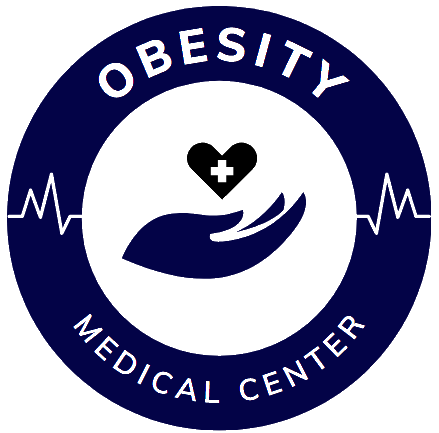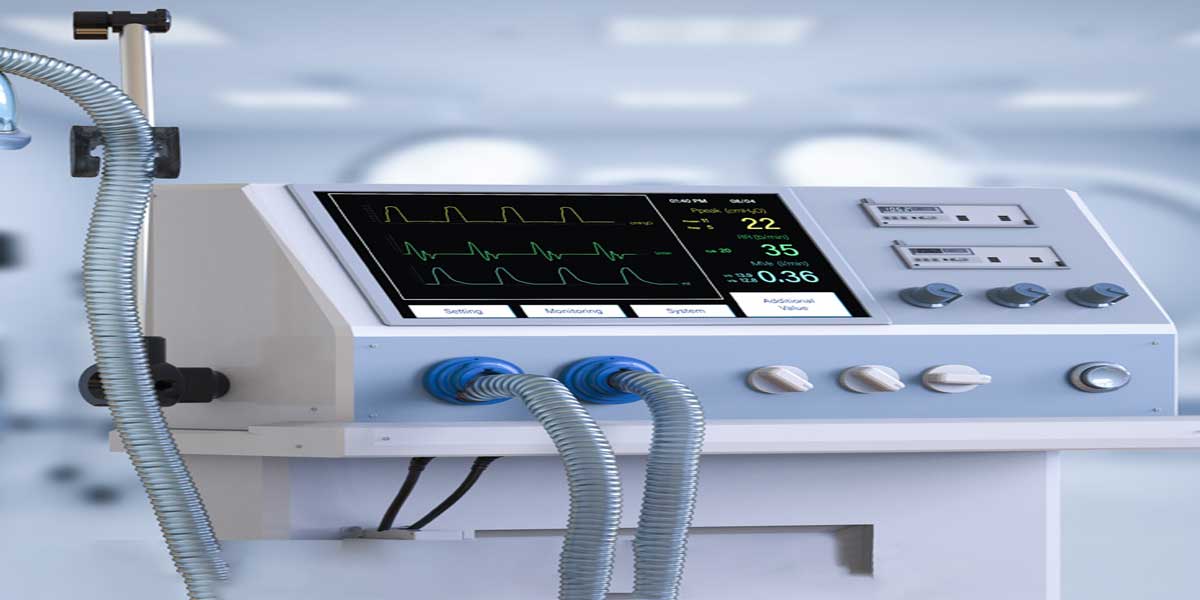In the intensive care unit (ICU), where critically ill patients receive specialized care, a wide range of sophisticated equipment is employed to monitor, support, and treat patients. These advanced tools play a crucial role in maintaining vital functions, detecting changes in patients’ conditions, and providing immediate interventions when necessary. In this article, we will explore the essential ICU equipment used in critical care settings and their significance in saving lives.
1. Introduction: The Importance of ICU Equipment in Critical Care
The ICU is a specialized unit within a hospital where patients with severe illnesses, injuries, or post-surgical complications receive intensive monitoring and treatment. ICU equipment is essential for managing critical conditions and ensuring the best possible outcomes for patients. These sophisticated tools aid healthcare professionals in delivering prompt interventions, closely monitoring patients’ vital signs, and providing life-sustaining support.
2. Patient Monitoring Systems
Patient monitoring systems are integral to ICU care, allowing healthcare providers to continuously assess patients’ physiological parameters. These systems typically include:
- Multiparameter Monitors: Display and track vital signs such as heart rate, blood pressure, respiratory rate, oxygen saturation, and temperature.
- Electrocardiogram (ECG) Machines: Record the electrical activity of the heart, helping detect arrhythmias, ischemia, or other cardiac abnormalities.
- Pulse Oximeters: Measure oxygen saturation levels in the blood, providing insights into the patient’s respiratory status.
- Capnography Devices: Monitor the concentration of carbon dioxide in exhaled breath, helping assess ventilation effectiveness.
- Intracranial Pressure Monitors: Used in patients with traumatic brain injuries or intracranial conditions to monitor pressure within the skull.
These monitoring systems enable healthcare providers to detect any changes in a patient’s condition promptly and take necessary actions.
3. Ventilators and Respiratory Support Equipment
Ventilators and respiratory support equipment are crucial for patients who require assistance with breathing or have respiratory failure. These devices ensure adequate oxygenation and ventilation. Common respiratory support equipment in the ICU includes:
- Mechanical Ventilators: Provide controlled mechanical ventilation to deliver oxygen and remove carbon dioxide from the lungs.
- Non-invasive Ventilation (NIV) Devices: Deliver breathing support through masks or nasal prongs without the need for intubation.
- High-Flow Nasal Cannulas: Deliver high-flow oxygen therapy to patients with respiratory distress.
These devices support patients’ respiratory function and can be adjusted to meet their specific needs.

4. Cardiac Monitoring and Intervention Devices
Cardiac monitoring and intervention devices are essential for assessing and managing patients with cardiac conditions. These devices include:
- Electrocardiography (ECG) Monitors: Continuously monitor the electrical activity of the heart to detect any abnormalities.
- Defibrillators: Deliver an electric shock to the heart in cases of life-threatening cardiac arrhythmias, such as ventricular fibrillation or ventricular tachycardia.
- External Pacemakers: Provide temporary electrical pacing to regulate the heart rate in patients with bradycardia or conduction abnormalities.
- Intra-aortic Balloon Pumps: Assist the heart’s pumping function by inflating and deflating a balloon in the aorta.
These devices help healthcare providers monitor and stabilize patients’ cardiac conditions, providing timely interventions when necessary.
5. Intravenous Therapy Equipment
Intravenous (IV) therapy equipment is essential for administering medications, fluids, and nutrients directly into the bloodstream. In the ICU, various equipment is used for IV therapy, including:
- Infusion Pumps: Deliver precise amounts of medications or fluids at controlled rates.
- Central Venous Catheters: Placed in large central veins to facilitate the administration of medications, blood products, or parenteral nutrition.
- Peripheral Intravenous Catheters: Inserted into peripheral veins for short-term medication administration or fluid replacement.
These devices ensure accurate medication delivery and fluid management for critically ill patients.
6. Hemodynamic Monitoring Devices
Hemodynamic monitoring devices assist in evaluating a patient’s cardiovascular function and fluid status. They provide real-time information about blood flow, blood pressure, and cardiac output. Commonly used hemodynamic monitoring devices include:
- Arterial Catheters: Provide continuous blood pressure measurements and enable blood sampling for laboratory analysis.
- Pulmonary Artery Catheters: Measure various cardiac parameters, such as pulmonary artery pressure and central venous pressure.
- Transesophageal Echocardiography (TEE): Uses ultrasound to visualize the heart’s structure and function in real-time.
Hemodynamic monitoring devices help guide fluid and vasopressor therapy, optimizing patients’ cardiovascular stability.
7. Renal Replacement Therapy Machines
Renal replacement therapy machines, such as hemodialysis or continuous renal replacement therapy (CRRT) machines, are utilized for patients with acute kidney injury or end-stage renal disease. These machines filter waste products and excess fluid from the blood, helping maintain electrolyte and fluid balance.
Renal replacement therapy machines play a vital role in managing patients with compromised kidney function, providing vital support to their overall health.
8. Infusion Pumps and Medication Delivery Systems
Infusion pumps and medication delivery systems are used to administer medications accurately and precisely. These devices ensure the safe and controlled delivery of medications, including analgesics, sedatives, vasopressors, and antimicrobials.
Proper medication delivery systems help healthcare providers optimize drug therapy, minimize errors, and improve patient safety.
9. Defibrillators and Cardioversion Equipment
Defibrillators and cardioversion equipment are crucial for the management of life-threatening cardiac arrhythmias. These devices deliver controlled electric shocks to restore normal heart rhythms. Common types include:
- Manual External Defibrillators: Used by healthcare providers to administer electric shocks manually.
- Automated External Defibrillators (AEDs): Designed for use by non-medical personnel or in public settings, providing voice prompts and instructions for safe defibrillation.
Prompt defibrillation can be lifesaving for patients experiencing cardiac arrest or severe arrhythmias.
10. Temperature Management Systems
Temperature management systems help regulate patients’ body temperature, particularly in cases of fever, hypothermia, or during surgical procedures. These systems include:
- Thermal Blankets and Pads: Provide localized warming or cooling to specific body areas.
- Cooling Devices: Used for therapeutic hypothermia induction after cardiac arrest or traumatic brain injury.
- Warmer Units: Maintain patients’ body temperature during surgical procedures or in critical care settings.
Precise temperature management aids in maintaining patients’ physiological stability and supports the healing process.

11. Conclusion: Enhancing Critical Care with ICU Equipment
ICU equipment plays a pivotal role in critical care settings, enabling healthcare providers to monitor patients closely, deliver life-sustaining interventions, and optimize treatment outcomes. From patient monitoring systems to respiratory support equipment, cardiac intervention devices, and various therapeutic tools, each piece of equipment contributes to the comprehensive care of critically ill patients.
By harnessing the capabilities of advanced ICU equipment, healthcare professionals can provide timely and tailored interventions, improving patient outcomes and ultimately saving lives.
FAQs
- How are patients monitored in the ICU?Patients in the ICU are continuously monitored using multiparameter monitors that track vital signs, including heart rate, blood pressure, oxygen saturation, and respiratory rate. Additional monitoring devices, such as ECG machines, pulse oximeters, and capnography devices, may be used depending on the patient’s condition.
- What is the purpose of a ventilator in the ICU?Ventilators are used in the ICU to support patients with respiratory failure or those who require assistance with breathing. These devices deliver oxygen and remove carbon dioxide from the lungs, ensuring adequate ventilation and oxygenation.
- Why is hemodynamic monitoring important in the ICU?Hemodynamic monitoring helps healthcare providers assess a patient’s cardiovascular function and fluid status. It provides valuable information about blood pressure, cardiac output, and fluid responsiveness, guiding treatment decisions and optimizing patient care.
- Are defibrillators used only during cardiac arrest?Defibrillators can be used in cases of cardiac arrest to restore normal heart rhythms. However, they are also employed for cardioversion, which involves delivering an electric shock to correct certain abnormal heart rhythms.
- How are medication doses controlled in the ICU?Infusion pumps and medication delivery systems are used in the ICU to administer medications accurately and precisely. These devices ensure controlled delivery at the prescribed rates, enhancing medication safety and efficacy.



